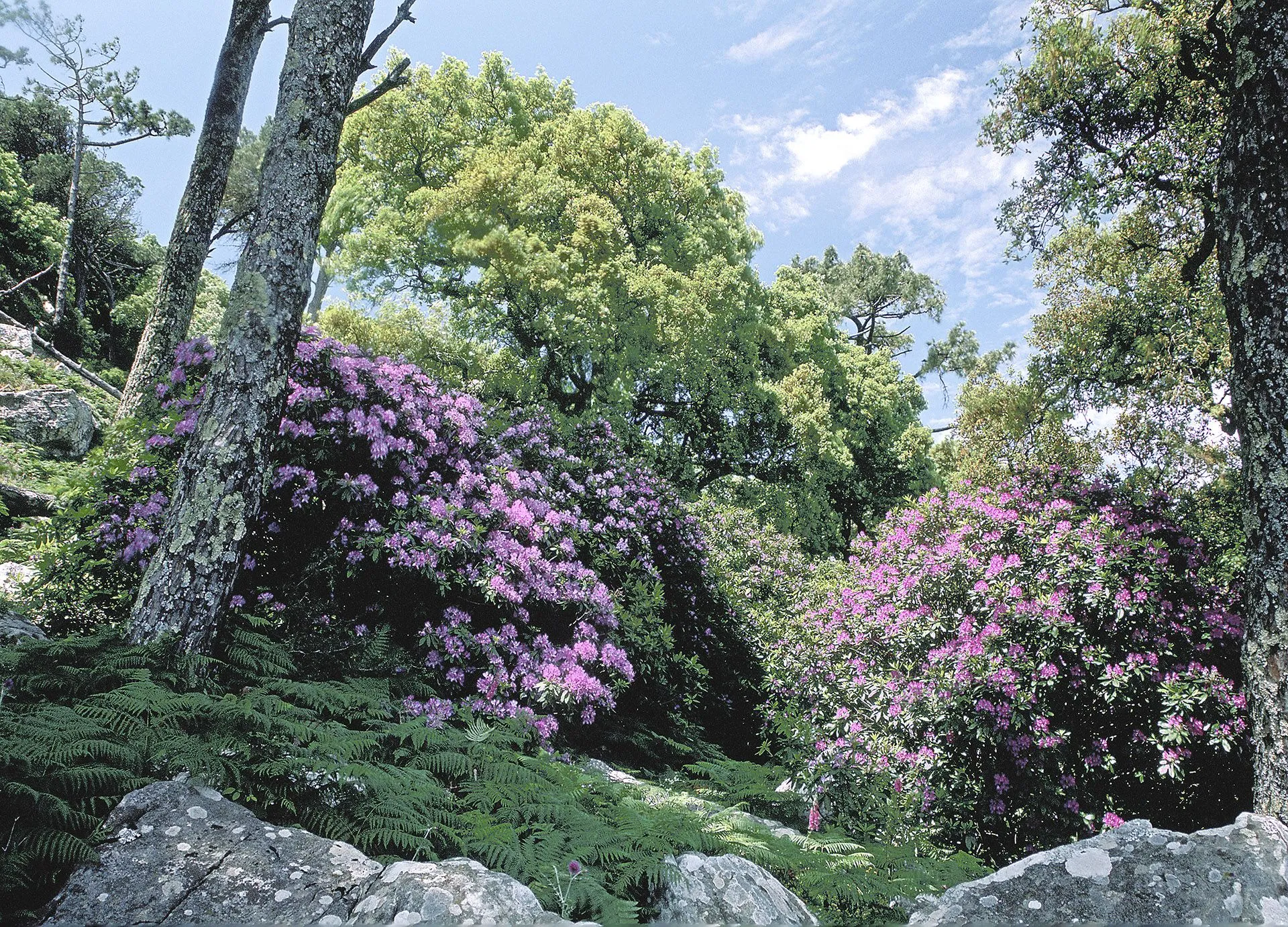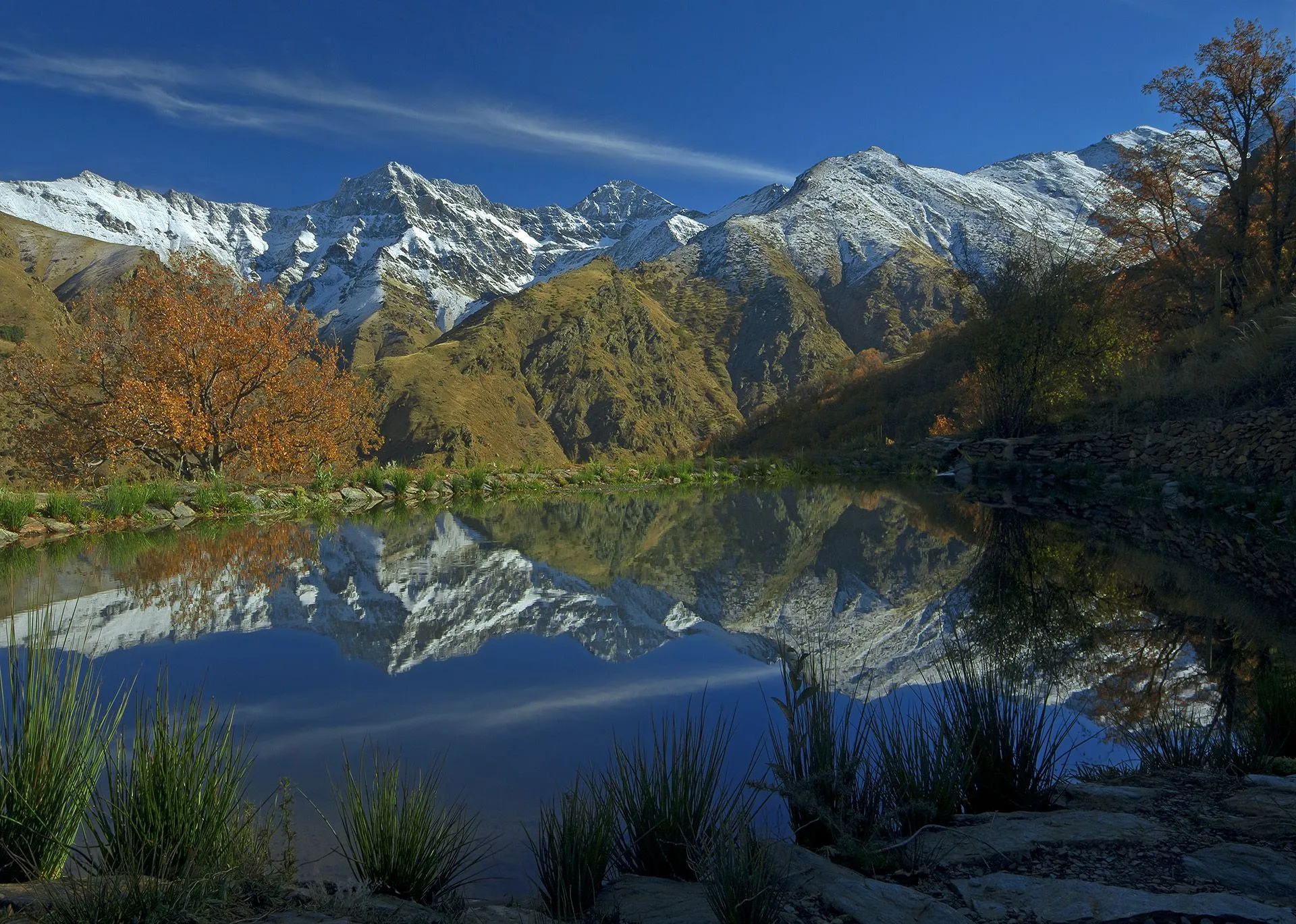Landscape photography:
The use of filters in our photos

One of the difficulties of photography lies in the fact that our camera does not record reality in the same way as we see it with our eyes. When it comes to capturing the chromaticism of a scene, that difference also affects us. Here comes into play the issue of light reflections; there are many that our vision is not able to perceive, but instead the sensor of our equipment does record them. These "invisible" reflections can result in a disappointing image in terms of colours, which usually come out rather pale, grayish and even burned, compared to how we have seen the scene ourselves.
But do not panic; the issue has a remedy in the form of a filter called “polarizer”, which will eliminate these annoying reflections.

Here is an example of a polarizing filter, in this case one with a diameter of 77 millimeters and of the "slim" type (thin) to avoid vignetting in wide-angle lenses.
The filter is screwed in front of our lenses, the first ring serves for fixing, the second to rotate and thus intensify or deintensify the polarization. Its presence allows us to filter the reflections and prevent their passage to our sensor and thus help us keeping the colors alive in our images. We can appreciate how these colors intensify, especially if we shoot at an angle of about 90 degrees with respect to the sun.
For many photographers to whom I include myself, this filter marked or will mark “a before” and “an after” when taking photographs, especially when we work "outdoors".

Here is an example of a scene captured without the polarizing filter and another with the use of the filter (as if it were an advertisement for a miraculous washing powder of certain brand).
The first image reflects one of those images that disappoint by the pale colors and burned areas that in no way reminds us of the wonderful scene that seduced us to make the image. In the second image we can clearly observe that our "magical" filter and its polarization have helped to keep the colors alive, not only in the sky, but also in the vegetation and has even allowed to maintain details in the clearest areas such as in the sky and in the waterfalls. The most striking is the river area; not only have the colors been preserved, but the details underwater are also seen much more clearly.
Here are a few more examples of its use, in this case with a composition with an angle of 90 degrees with respect to the sun, where its effect is usually more noticeable.

No polarizing filter...

With polarizing filter.
Even with fog his presence is still noticeable...


Also in the "blue hour" with the light of the "alpine glow"; from about 20-30 minutes before sunrise and up to about 20-30 minutes after sunset, I recommend its use.

I advise its use with moderation or even up to a minimum in the following situations:
I. When there is a reflection (in the water) that interests us; intense polarization can eliminate it completely.

In this case it would be a shame to polarize to the maximum and thus eliminate the precios reflections and turn the pond into a uniform blue mass.

Here we can already see a little the effect of high mountain with the tendency that the blue of the sky becomes a magenta-black due to an exaggerated polarization.
When we take panoramic or wide-angle photos and include the sky, especially in the hours close to sunset or sunrise. In these cases, when intensifying the blue of the sky, the contrasts between the area located 90 degrees from the sun and the rest stand out, so that the sky can appear in two different colours, something we should avoid...

This image shows how the sky on the upper left responds well to the presence of the filter but there is hardly a reaction in the quite pale upper right of the image. Excessive polarization can generate thus "a gap" between the two extremes.
I would also like to point out that the filter causes an intensification of darkness in the shadows with a consequent loss of detail and by polarizing to the maximum, the exposure can darken up to two complete stops.
You can get a polarizing filter from about 25 euros (the larger its diameter, the higher its price). The price of filters of a higher quality usually easily exceeds the amount of 100 euros. Cheap filters tend to have a worse build quality and are therefore more likely to spoil in use, apart from the fact that they can produce slight color alterations. Higher quality ones are usually more durable and offer higher optical quality.
In any case, in my opinion and experience it is better to have an cheap filter instead of having none, it is easier to fix the slight defects and side effects of a cheap filter than to repair the great defects of its absence, especially in situations with a strong contrated light, something very common in the Mediterranean.
I wish you great photos, without unwanted reflections!
